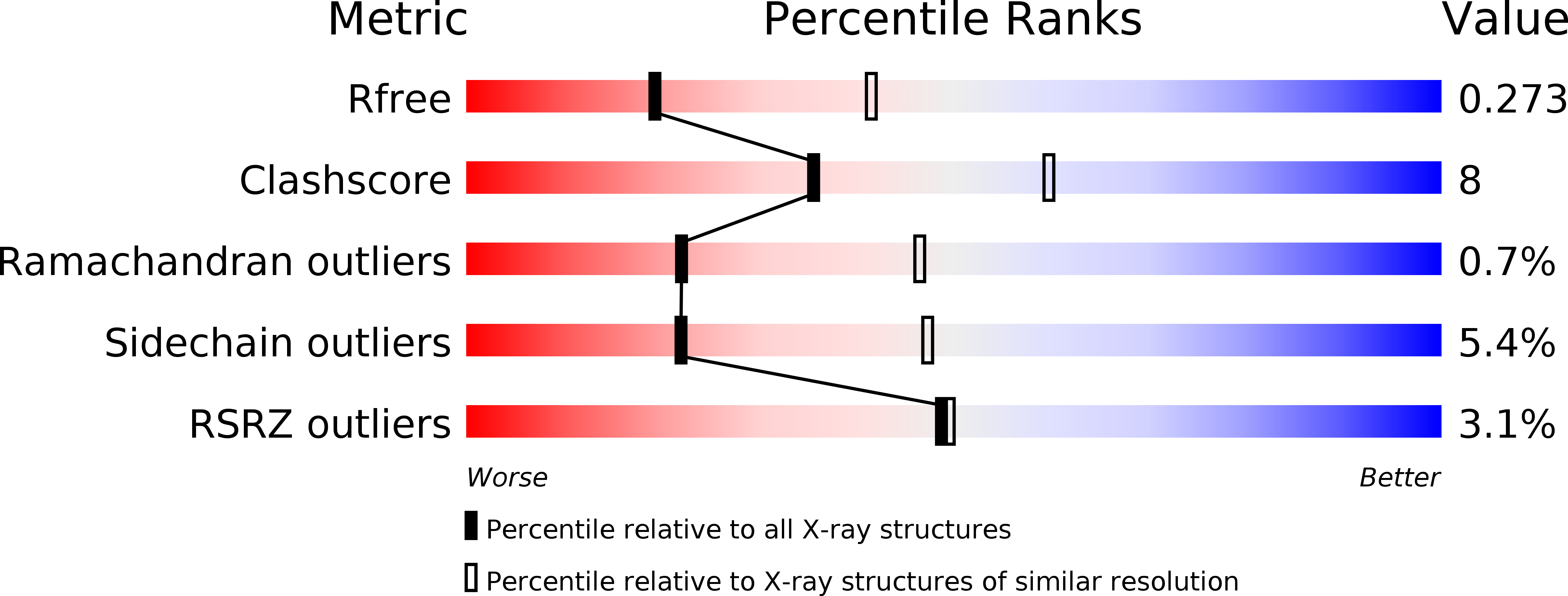
Deposition Date
2017-10-11
Release Date
2018-05-30
Last Version Date
2023-11-22
Entry Detail
PDB ID:
5YJL
Keywords:
Title:
Crystal structure of Arabidopsis glutamyl-tRNA reductase in complex with NADPH and GBP
Biological Source:
Source Organism:
Arabidopsis thaliana (Taxon ID: 3702)
Host Organism:
Method Details:
Experimental Method:
Resolution:
2.70 Å
R-Value Free:
0.27
R-Value Work:
0.21
R-Value Observed:
0.21
Space Group:
P 21 21 21


